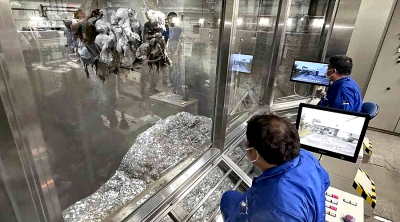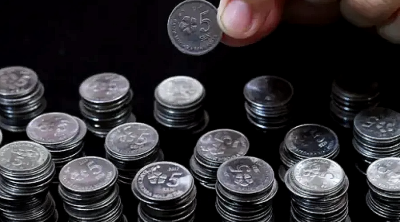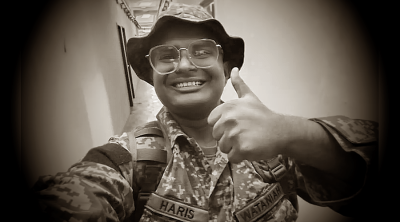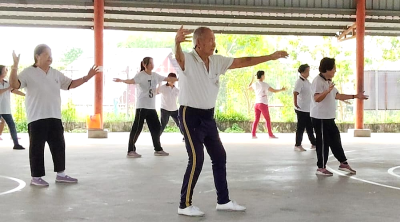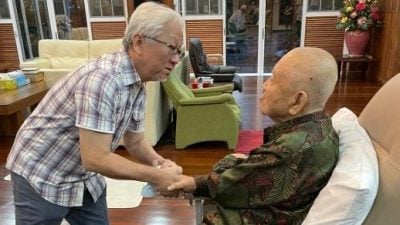How do the monks on ice live magically and produce wonders through detachment from worldly angst?
How did “The Iceman” Wim Hof run a half marathon above the Arctic Circle, barefoot and in a pair of shorts?
How did he also run a full marathon in the Namib desert without even a drop of water, swim underneath ice for 66 meters, and hang at an altitude of 2,000 meters with only one finger?
The answers have been pretty straightforward.
Alexandra David-Neel, a French spiritualist, Buddhist, anarchist, opera singer, and writer from the 19th century, who inspired Jack Kerouac and Allen Ginsberg and died at 101, wrote about the monks and their magic in her 1927 book, My Journey to Lhasa.
She wrote about the Tibetan monks wearing next to nothing, heating themselves in frigid stone monasteries by day and melting circles in the snow around their bare bodies by night, simply through Tummo, a Buddhist breathing technique and meditation.
Wim Hof, when asked how he ran without water, had only one word to say: “Breath.”
Just how important is breath in our lives?
Did you know that nasal breathing alone can boost nitric oxide sixfold and help us inhale 18 percent more oxygen?
Did you know that one needs to breathe through one’s nose only, as the breath inhaled through the mouth is adverse breath (“Ni Chi”) and contributes to ADHD for it delivers a disturbance of oxygen to the prefrontal cortex, the area which is associated with that disorder?
Over the years, Chinese doctors have prescribed 13,500 breaths per day, 9.5 breaths per minute, and Chinese Taoist text from the eighth century AD shared that the nose was the door to the heavens.
In fact, the Japanese samurai tested a soldier’s readiness by placing a feather under his nostrils while he inhaled and exhaled.
If the feather moved, he would be dismissed.
Similarly, in philosophy, Jacques Derrida and Friedrich Nietzsche traced the etymology of the word “breath” to “being.”
These two words have a lot in common. Nietzsche believed that being, as a notion, was nothing but vapor, and was only an ethereal result of the sublimation of real things (as explained in Philosophy in the Tragic Age of the Greeks).
Being, truly, was perceived as a nebulous and airy notion, and, therefore, to use the word “being” was to give out nothing but “hot air.”
In the same tradition, these words (being and breath) are both evoked in many ways in Aristotle’s Metaphysics.
Wouldn’t we all want to breathe forever and never run out of breath? Foreverness is an alluring fantasy that became a material reality with the pipe organ.
The pipe organs, figuratively, had lungs and could go on forever. It was an instrument that gave artists and dreamers the chance to necessitate artificial wind supplies of fixed pressures, eventually to defeat the breath of the performer by varying the breath of the instrument.
The organ, through its production of a vast mechanism, finally challenged man’s ingenuity.
When I was young, my Ustadji used to prescribe holding my breath on one note for as long as I could.
So, every raga, every “taan” would test my strength to endure the pressure to impress him.
I would eventually fail, leading me to remind him over and over again that, just because whales could hold their breath beyond human endurance and were not restricted by the limits of human lungs, I should not be expected to perform the same feat and that his cruelty ought to end.
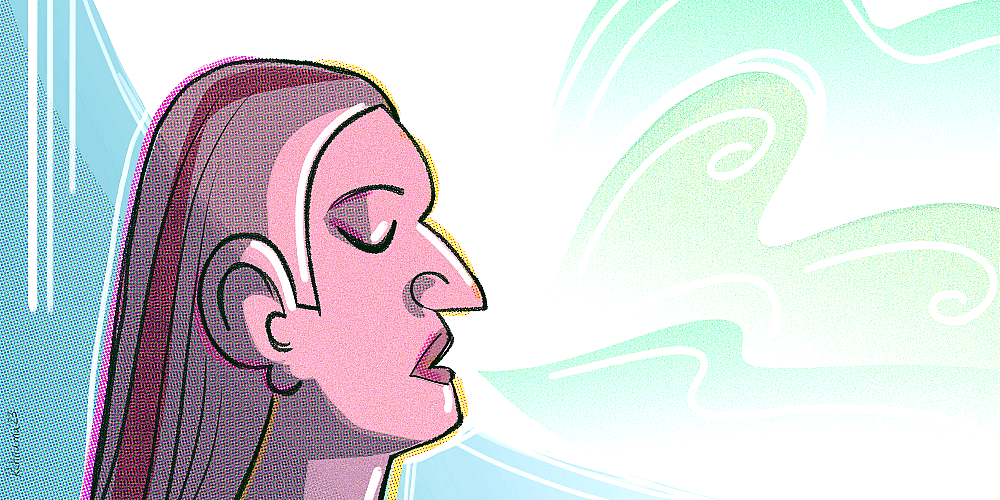
After all, whales could not cry and I could! To this, he had no ready comebacks, but persisted to pressurize me.
But in the true world of art, artists have attempted to attain endless breath to its maximum figurative possibility in music.
Yet, no ordinary singer could ever keep the long lines of an unbroken fugue, going without a breath; no ordinary string player could ever articulate this fugue in one movement of the bow.
However, amidst all this, a listener might still hear Bach’s intrigued meditation on the capacity of the organ, even one blown by hand or by foot, and have a glimpse of transcendence beyond our frail lungs.
But that’s when we humans need to reconcile with the organs reaching towards realms where breath does not run out.
It was either Stravinsky or Berlioz who said that the organ’s steady wind was the reason he never wrote music for it: “the monster never breathes,” one of them said.
Yet, the simple act of switching on an artificially powered blowing system could, perhaps, take one’s poetically inclined listeners halfway to heaven.
In literature, “breath” stands for both life and fragility. King Lear confirms his daughter’s death as “stilled breathing,” while in Tennyson’s poem, Tithonus – who wasn’t entirely human as he was the son of King Laomedon and a water nymph – seeks mortality from the goddess of dawn, Aurora.
In the myth, she kidnapped him and asked Zeus for Tithonus to receive immortality but forgot to stipulate eternal youth.
Thus, Tithonus withers away but does not die. It is then that he begs for his breath to end:
“Upon thy glimmering thresholds, when the steam
Floats up from those dim fields about the homes
Of happy men that have the power to die,
And grassy barrows of the happier dead.
Release me, and restore me to the ground…”
Who do we choose: Ulysses or Tithonus? While I hear many say that they would rather have a short and meaningful life, I openly admit that I want a long and healthy one.
After all, wasn’t it Jack Lalanne, the fitness guru, who said, “I can’t die. It would ruin my image”?
Thus, I consciously breathe every morning and routinely become a serious object of wonder and curiosity for those who live in the house with me.
When I hold my nostrils alternately and breathe in and breathe out, people around me are often at a loss.
It has been reported back to me that they believe that, since I have reached the half peak in my life, I am now enslaved by idiosyncrasies.
Frankly, I don’t mind that perception anymore. I have chosen to go on practicing the forgotten art of breathing, and often, also catching my breath in order to have a better perspective.
And yes, I do it more these days lest I am pushed to that narrow space where I will be stifled just because I am out of practice.
You see, even if our breaths are being modulated and being interrupted and resumed by timed, rhythmic articulation, even if language is nothing but breath, our “being” cannot just be a “flatus vocis,” a “voice that is mere air,” or a voice that is merely breath.
We cannot just merely breathe. We must breathe right, in freedom that is both rare and fragile.
Failing to breathe in the right air would mean wailing in grief, unlike the whales that breathe longer but cannot cry.
(Dr. Rubana Huq is the current vice-chancellor of Asian University for Women.)
ADVERTISEMENT
ADVERTISEMENT






